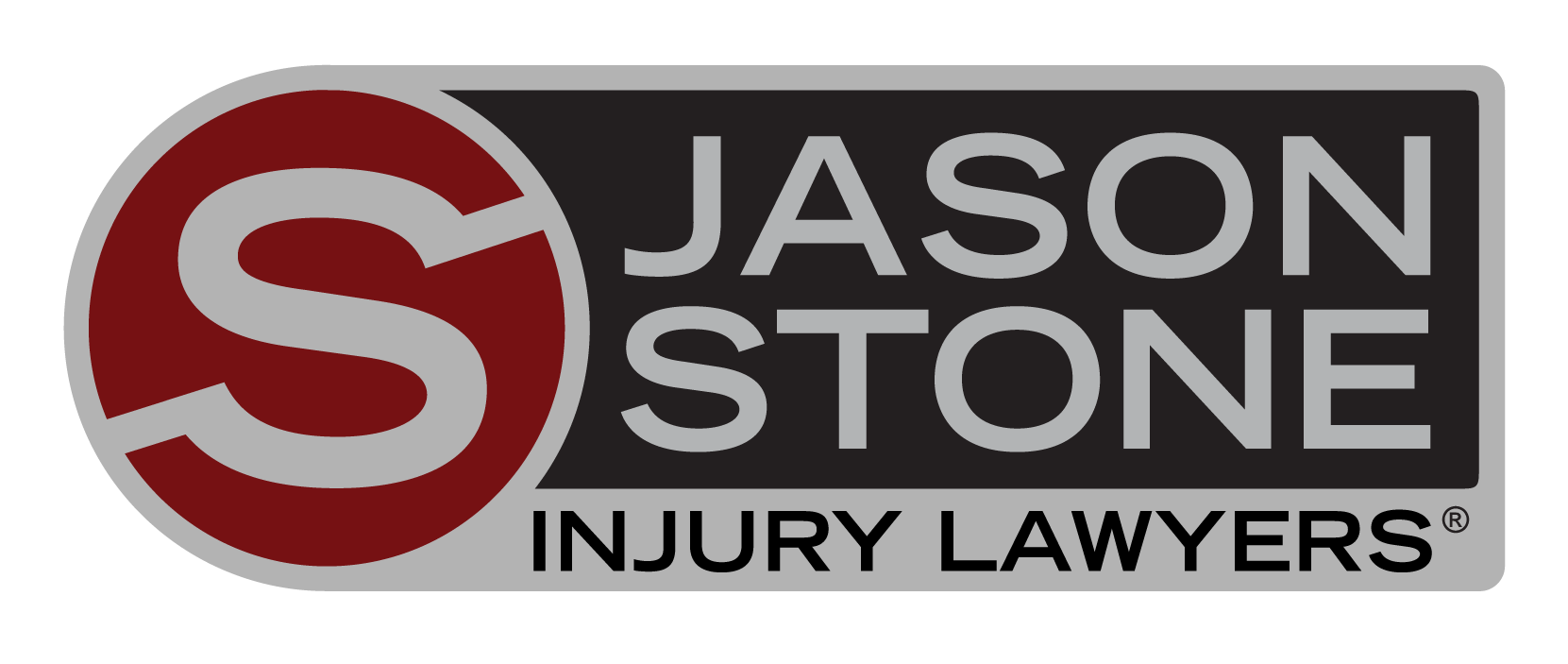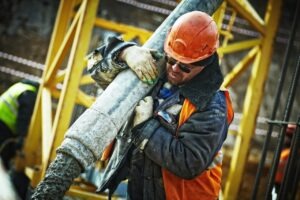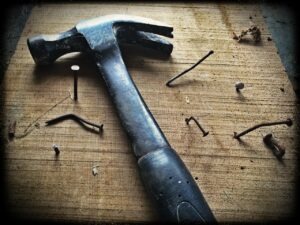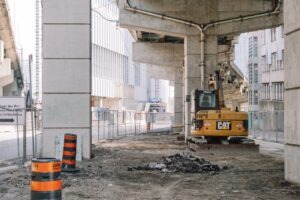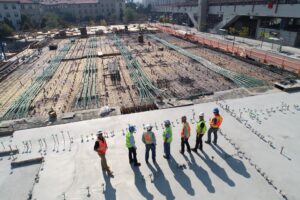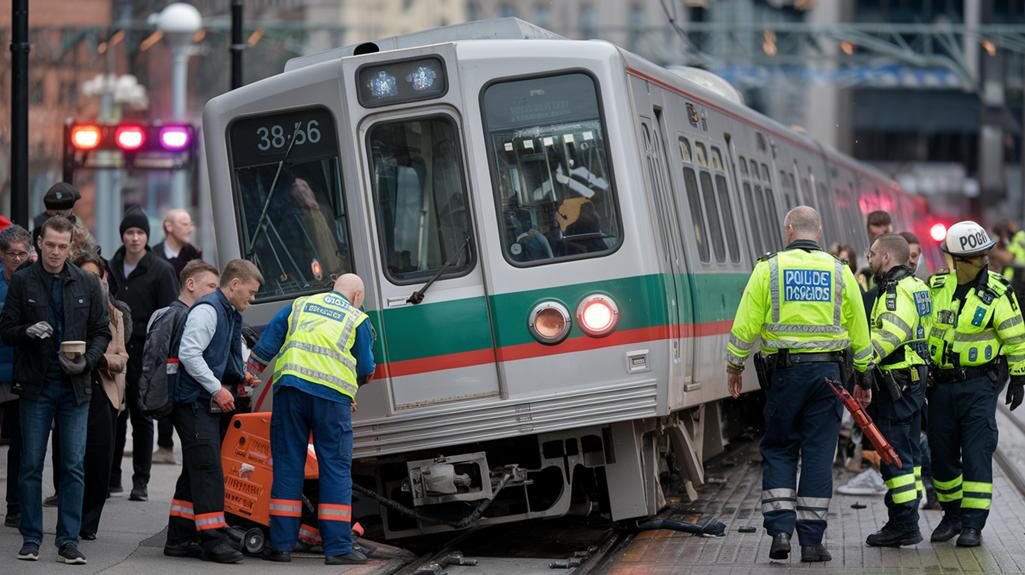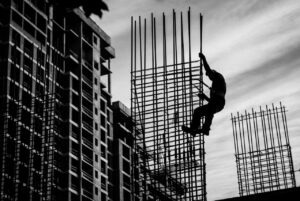 Construction accidents and deaths are all too common throughout the country and in Massachusetts. To mitigate these incidents and keep people safe, construction companies must follow both state and federal guidelines in work zones.
Construction accidents and deaths are all too common throughout the country and in Massachusetts. To mitigate these incidents and keep people safe, construction companies must follow both state and federal guidelines in work zones.
Unfortunately, companies often try to cut corners to save money. They may not update protective equipment, provide the appropriate training or meet the required safety recommendations. This often leads to disaster in the form of injured workers, and even death at times.
The National Work Zone Safety Information Clearinghouse provides a summary of the most recent data related to work zone and construction accidents. In 2020, the following were reported:
- 102,000 total work zone crashes
- 44,000 work zone injuries
- 857 work zone fatalities
- 244 commercial motor vehicle-involved crash fatalities
- 156 pedestrian fatalities in work zones
While these are national statistics, they also provide insight into the state of Massachusetts by highlighting the 8 total fatal crashes and 9 total fatalities in the state in 2020. The state was free of “at work” pedestrian fatalities, bus-involved fatal crashes, truck-involved fatalities and other pedestrian-involved fatalities.
The Census of Fatal Occupational Injuries breaks down the 117 fatal worker injuries at construction sites into the following categories:
- Workers on foot struck by vehicles: approximately 45%
- Workers riding in or driving a motor vehicle: approximately 29%
- Objects or equipment striking workers: approximately 7%
- Falls, slips and trips: approximately 5%
- Electrocutions: approximately 5%
- Workers caught between or in equipment: approximately 2%
What Is the Cost of Injuries and Accidents in Construction?
Injuries and deaths do not just affect the person involved. When pedestrians are often involved, other motorists and even the average taxpayer may pay in time and money. Nationwide, 10% of traffic congestion is attributed to work zones, which translates to user delay costs around $4.6 billion. In rural areas, these numbers are even higher as 35% of congestion is attributed to work zones. In total, this adds up to 1.75 billion hours of vehicle delay due to work zones.
The Department of Transportation Breakdown
The Massachusetts Department of Transportation breaks the work zone safety plan down into four categories designed to improve safety in work zones. Each construction project is unique, so a plan for safety must be developed for each work zone.
- Construction Management Outline: when the project is at 25% of the design stage, a traffic management plan is implemented that includes impacts, detours, pedestrian route impacts and lane closures. This is required for any private development or permit projects, intersection and bridge projects and roadway construction.
- Temporary Traffic Control Plans: these rules determine how traffic will be controlled during the project. Within this plan are the pavement markings, required signs, changeable message signs and temporary traffic control devices needed for the project.
- Public Informational Plan: this part of the plan is intended to notify the public of any upcoming changes to traffic, and routes related to the project. This may include posting on the MassDOT website, special project websites or with changeable message signs.
- ITS Monitoring Plan: these requirements are based on the traffic volume information, complexity of the project and duration of the project. They may include microwave monitoring systems, queue detection systems, closed circuit television monitoring systems and highway advisory radio systems.
Work Zone Speed Limit
The official website for the Commonwealth of Massachusetts specifies the rules related to speeding through a work zone, although the limits may vary based on the project and its location. An active construction zone is defined by the legislature as an area adjacent to a public highway or connected to a public highway where survey, maintenance, repair or construction work is performed by a private contractor or utility company.
Those who are caught speeding through work zones will pay double the fine as compared to a regular public highway or road. Signs must be displayed as an electronic message that shows adjusted speed limits or as a fixed sign with a fixed speed limit.
Speed limits are reduced based on lane closures, lane narrowing, potential hazards or unexpected geometrical changes. These speed limits are set to not only protect the construction personnel, but also to protect drivers.
Additional Construction Safety Rules
While the state develops a safety plan for each project, there are some general guidelines to help keep construction workers and drivers safe during these projects.
Safety Equipment
Many injuries and accidents can be prevented if a worker is wearing the proper protective equipment. Anyone visiting a work zone should wear the appropriate protective equipment, which may include gloves, ear plugs, goggles, high visibility suits and vests, or helmets.
Follow Signage
Signage is intended not only for workers, but also for drivers. Many drivers simply follow the car in front of them rather than watching the signs. Not only should signs be placed in the appropriate places around the site, but drivers should always follow the signs rather than other drivers. These signs may include safe condition signs, warning signs, mandatory signs, prohibition signs and fire-fighting equipment signs.
Clear Training and Instructions
Construction workers should always be given basic training and regular updates on any rules or regulations. On each job site, there should be a contractor induction or a site induction to allow new workers to familiarize themselves with how the site works. These discussions should be conducted daily.
Keep the Site Clean
All dust, debris, stagnant water and loose nails should be kept away from the work zone as much as possible. This helps workers avoid trips and slips, which are common causes of construction injuries and fatalities.
Use the Correct Equipment
Many accidents happen because someone finds a quicker, cheaper or easier way to perform a task, but this often comes with risk. Construction workers should always use the correct equipment for the appropriate tasks.
Create an Emergency Response Plan
If the worst happens and someone is injured onsite, all workers should know what to do to minimize the damage. An emergency response plan should be developed in case of hazardous material spills, natural disasters, fire and other types of accidents. This plan may include information about how to report potential hazards or quality issues and give information regarding how to manage an emergency or crisis.
Check Tools and Equipment Regularly
Equipment and tools wear out and they are often the cause of accidents even when they are used properly. To avoid these accidents, construction workers can check equipment and tools before starting work each day to ensure there is no damage or defect.
Report Issues Quickly
If a worker notices that a manager is cutting corners or ignoring problems, they should report the issues immediately. Any inherent problems with the site or the work should also be brought to the attention of the appropriate party. When issues are reported quickly, the chances of them causing injury or even death are minimized.
What to Do If You Have Been Injured
Despite state and federal safety rules, accidents still happen on construction sites. This can lead to excessive medical bills, temporary or permanent disability and the loss of wages. In the most tragic situations, fatalities occur. Anyone who has been injured on a construction site or who has lost a loved one to a construction accident may benefit from speaking to a personal injury attorney. Contact us at Jason Stone Injury Lawyers to discuss your case. We provide information with no obligation and offer the Stone Gold Guarantee that we do not charge anyone until they get paid.
Not Trusting What You’re Being Told?
Better Phone Stone
800-577-5188
 START MY NO OBLIGATION CONSULTATION
START MY NO OBLIGATION CONSULTATION